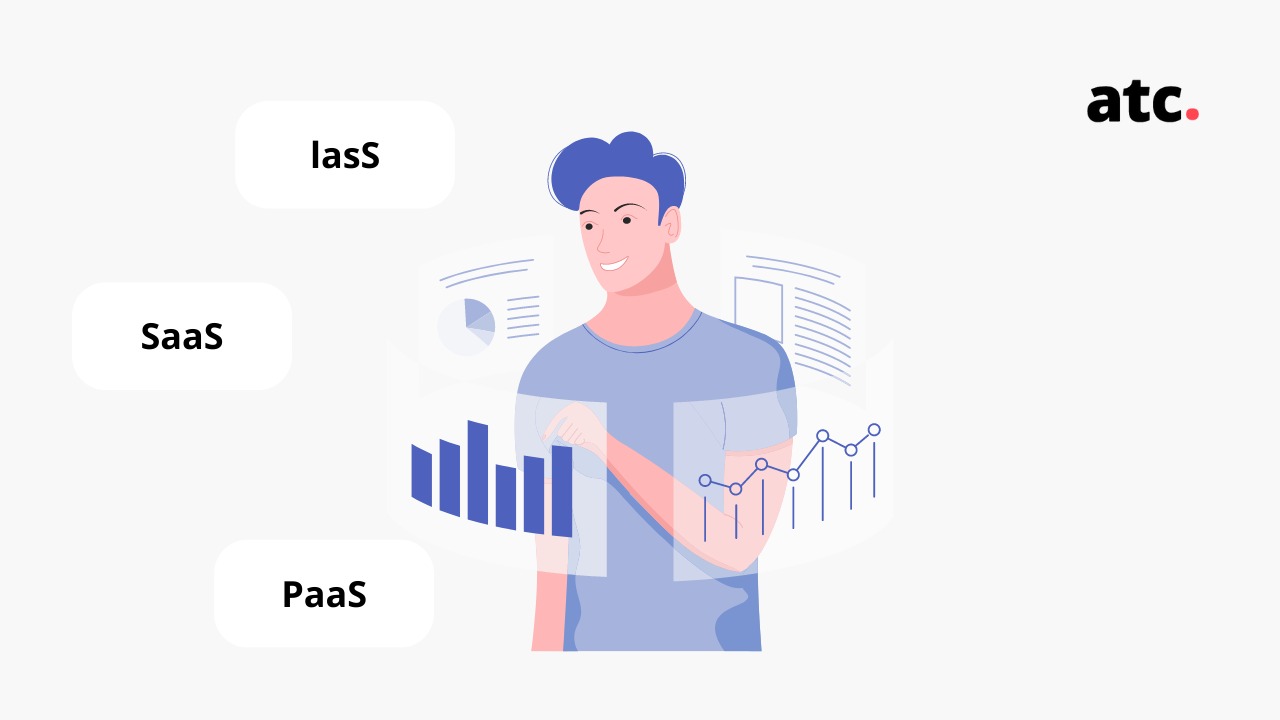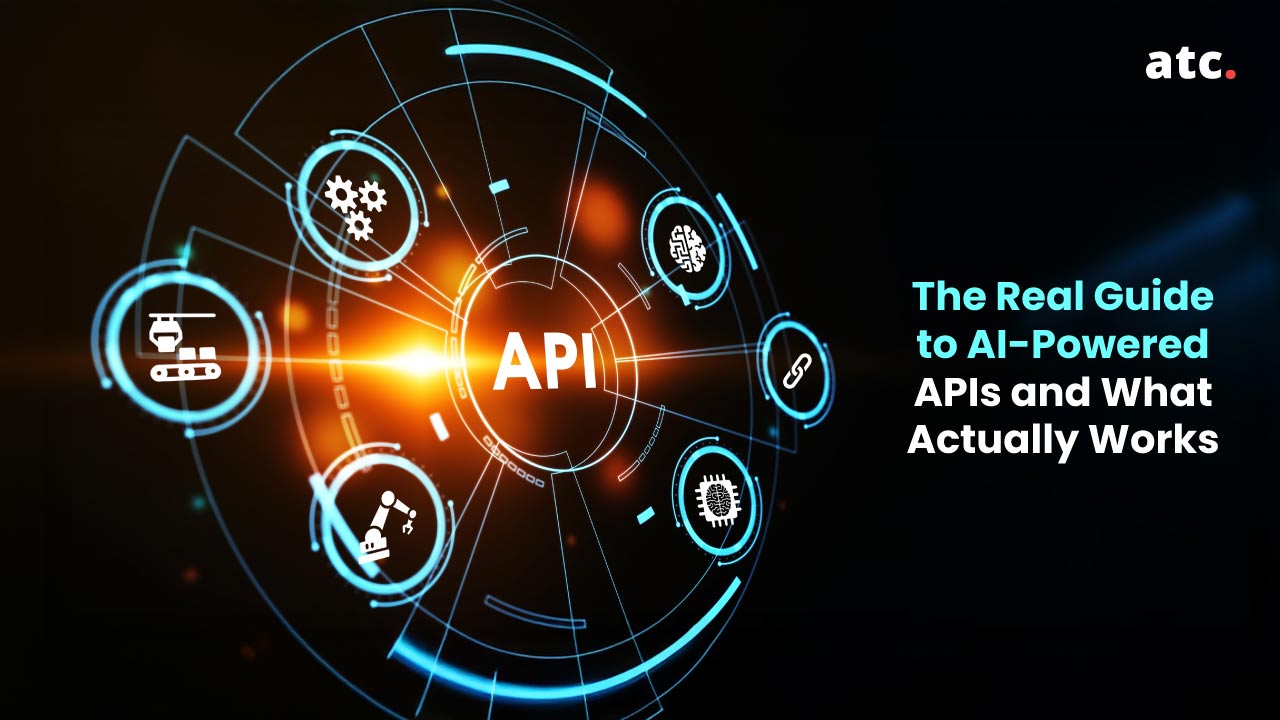Subscribe to the blog
Cloud computing is no longer a vague or futuristic concept. With 76% of companies adopting multi-cloud infrastructure, the technology has accelerated digital transformation across the globe. Moreover, the flexibility to choose cloud services from different service providers has changed the way enterprises manage and scale their operations.
But with the increased popularity of cloud solutions, there is also a growing confusion.
A recent study by Deloitte states that 90% of IT leaders plan to adopt cloud computing, yet 80% fail to do that due to inadequate employee skills. As you may have guessed, this means that online businesses should do their best to master essential cloud skills.
If you are looking for a place to start, you should consider three important cloud computing types:
- SaaS (Software-as-a-Service)
- IaaS (Infrastructure-as-a-Service)
- PaaS (Platform-as-a-Service)
In this post, we will cover everything you need to know about these cloud services to help your online business generate better ROI.
SaaS Vs PaaS Vs IaaS: An Overview!
These days, every organization uses public cloud services in some way or the other. In 2020, the combined end-user spending on public cloud services increased to $270 Billion. But these services can differ widely and offer varied capabilities. Let’s deep-dive into the three essential cloud services for a better comparison.
- SaaS
By far, the most common cloud service is SaaS. It provides businesses with complete cloud-based applications they can use over the internet. They have the underlying infrastructure, software, and data to help your company carry out various operations without hassle. As SaaS is highly scalable and has a subscription-based model, large, small, and mid-sized enterprises use them globally. You won’t have the headache of installing, investing or managing robust software. Users can directly log in and use a SaaS application from any device in the world.
For instance, email applications like Gmail, Hotmail, and Yahoo Mail are a form of SaaS. With these services, you can send, receive or store emails over any internet-connected device.
How does it work?
SaaS applications use the Multitenancy architecture, where all users use a common infrastructure and code base maintained centrally. This is also known as shared hosting, where a resource is shared between multiple customers. Each user’s data and workload remain isolated, allowing for privacy and security.
Top features of SaaS That You Should Know!
- Easy Customization: The ability to customize a product is a sought-after feature that every business owner wants. SaaS allows you to customize applications in a way that suits your needs.
- Better Access: This web-based application doesn’t require expensive hardware. You just need an active internet connection to access data from any device.
- Reduces Up-front Costs: For a small business owner, setting up and managing on-premise hardware can be expensive. With a pay-as-you-go model, SaaS allows business owners access to sophisticated cloud computing cost-effectively.
PaaS
Platform as a service is a cloud computing model that provides developers with a complete cloud platform, including hardware, software, and infrastructure. The PaaS provider hosts everything from databases to servers to help you create customizable applications without investing time and money in running an on-premise infrastructure.
It follows both subscription and ‘pay-as-you-go’ payment models depending on the cloud provider. If you compare SaaS Vs PaaS Vs IaaS, the concept of PaaS is simple. Developers can access the tools they want to build, test, run, and deploy applications over the internet.
How Does It Work?
PaaS typically works through a graphical user interface that offers developers access to a wide range of tools they can use throughout the application development cycle. Although the technology allows complete control over the code and tools, it does not allow you to access the infrastructure, making it ideal for small businesses.
Top Features of PaaS That You Should Know!
- Accessible by Multiple Users: The most crucial benefit of using PaaS is that it is accessible to multiple users and offers the flexibility to use the platform from anywhere on the internet.
- Lower Risk and High Functionality: With PaaS, you get the best tools and functionality at your fingertips without worrying about the massive infrastructure costs. This way, you can deploy applications efficiently by lowering the risk of external issues.
IaaS
Even after an overview of SaaS vs PaaS vs IaaS, most people do not understand the concept of IaaS fully. IaaS offers fundamental compute, network, and storage resources on-demand. Emerging as a popular computing model in 2010, IaaS provides businesses with the building blocks they need to run and manage their applications and workloads in the cloud.
How Does it Work?
IaaS cloud services have a pay-as-you-go model, offering users complete control over the infrastructure. The premise of IaaS is to reduce the maintenance of on-premise data centers. As they are highly flexible and scalable, they can eliminate expensive hardware costs-including operating systems and middleware, and help you gain insights about your business.
Some Common Use-Cases of IaaS!
- Hosting Complex Web Application: IaaS can help you run high-traffic websites through a massive network of servers. Moreover, providers also cover the storage requirements to deploy the applications.
- Speeds Up the Development Process: IaaS provides the resources to scale your development and testing environment, allowing you to create innovative applications faster and efficiently.
A Brief Comparision
Now that you have an overview of the above cloud services, let’s do a quick study of SaaS Vs PaaS Vs IaaS to help you understand the differences!
- With SaaS, you get ready-to-use applications that meet a business need. The focus is solely on providing businesses with an application to drive results or meet demand.
- With PaaS, the focus is on building applications to reduce the need for in-house infrastructure. It is often known as a scaled-down version of IaaS. The service is mostly for small and medium-sized enterprises.
- With IaaS, you get maximum flexibility and scalability to host large-scale applications. The service is primarily for large-scaled businesses.
Start Leveraging Cloud Services For Your Business Today!
The increased adoption of cloud solutions has transformed customer experiences globally. But treading the waters wisely will save you time and money. Whether you want to keep up with the latest cloud technologies or choose a solution that matches your business needs, it is wise to consult a professional.
Hopefully, the above SaaS Vs PaaS Vs IaaS comparison would have clarified some misconceptions. If you are looking for partners who can help you accelerate your cloud journey, we are happy to help! Our team will assess your business needs and recommend a solution that works. So, don’t hesitate and let us help you leverage the cloud for your business!




